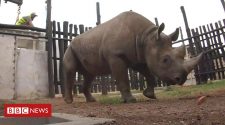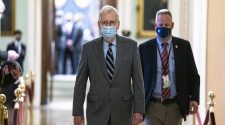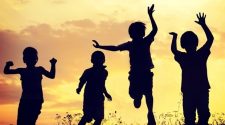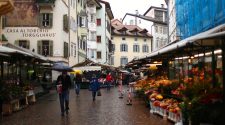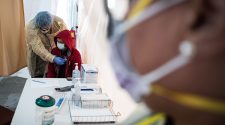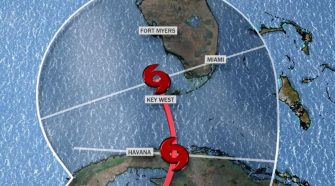Our mobs all across the Country have their own stories about the technologies they have developed, perfected and used. Some well-known examples are the boomerang, the Barkandji fish traps and the Budj Bim eel farms. In Dark Emu, Bruce Pascoe recounts the story of a fisherman sleeping next to a fishing rod rig while fish swim through a dam and catch themselves. I’ve tried sleeping while fishing and neither my line nor myself was disturbed by any fish.
Whenever we travel to other mob’s country for work we always like to ask about the local seasonal weather calendars. We do this partly as a way of breaking the ice but also as a way of cementing ourselves in the role of learner and that we’re here to share and transfer knowledge. We are always amazed that different mobs have their own seasonal weather systems involving environmental indicators and the practical implications for what these things mean for everyday life. That is living and breathing innovation and technology developed over centuries and applicable in a geographic and human-centred way today, as opposed to the global four season, 365 day, one size-fits-all calendar.
We wonder what innovation could take place if our mobs had access, training, and support to use digital technology and augment it with Indigenous knowledge systems.
Local seasonal calendars could be used to more accurately manage resources like fishing stocks.
Many at-risk languages could be collected and protected by their traditional owners and used in whatever way they saw fit. Might Juukan Gorge still be intact if the PKKP mobs had been using digital technology to map, demonstrate and communicate the cultural significance in the simplest terms that even Rio Tinto could understand?
Covid-19 has seen many of us working from home, spending way too much time on social media, streaming movies, and complaining about internet speeds. Home schooling has had its ups and downs. Our older, young ones are attending classes and lectures online in between gaming online with their friends. Many of our rural and remote mobs have not been so endowed with the convenience (or the curse depending on your view point) of access to technology and connectivity.
Our favourite story is from Wujal Wujal where the local mob have to type a text on their phones and then throw it in the air repeatedly to access enough signal to send it.
The digital divide is being highlighted by Covid-19, not only in access to technology and connectivity but also in digital literacy among many of our people. With so many of our family and friends managing chronic diseases it would be great if we could use telehealth in the same way that many others are now. Accessing online training, or interacting with government services, and shopping online is something most of us take for granted.
The Closing the Gap refresh has now shifted the responsibility from the commonwealth to … elsewhere (shall we say), and given little information to how the new targets will be achieved. There are a number of resources that could help facilitate the changes necessary to affect better outcomes for our mobs and better progress to achieving the new targets.
We believe that investments in technology and relevant capacity augmentation can be aligned with business and community development as part of the solution. We believe this because the communities we speak with understand and agree and are interested in getting started.
Communities see the local opportunities to develop businesses. They understand that their cultural responsibilities to care for Country can bring in revenue and jobs. They know what the saying “if you can’t see it you can’t be it” means, and they want to lay down more foundations for coming generations to build on. The missing ingredient is investment, either from governments as part of stimulus packages, or the corporate sector through their social responsibility.
Maybe Rio Tinto might come for a chat.
-
Ben Bowen is a Wiradjuri Man, father, brother, son, and the CEO of Shared Path Aboriginal and Torres Strait Islander Corporation based on the Wangal and Gadigal Lands.



